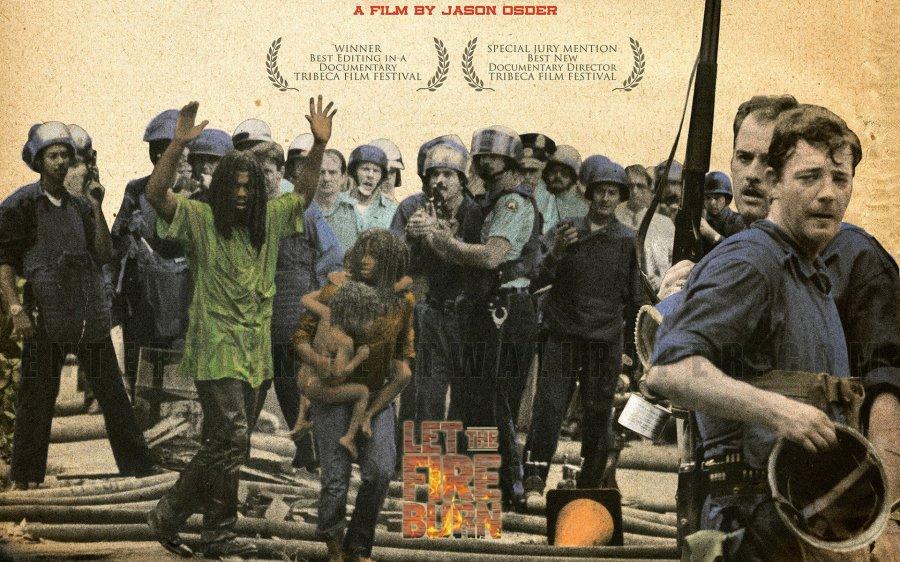Let the Fire Burn: A look into forgotten history
November 30, 2014
Through the power of Netflix, I was able to view another excellent documentary, Let the Fire Burn.
Let the Fire Burn, directed and produced by first-time filmmaker Jason Osder, is the thrilling story about the forgotten clash between the government and MOVE.
MOVE was a black liberation group based in Philadelphia. The group was a “back to nature” group. They wore dreads, the children roamed naked and they adopted a raw food diet. They didn’t use electricity and once a member of MOVE, they added the surname “Africa.”

After viewing the documentary, it’s clear that the black power group had interactions with the police.
In 1978, the police raided the home they had in Powelton Village which resulted in one police officer being shot in the head. Nine MOVE members were arrested and charged with third degree murder in connection with the death of the police officer.
After this, the group moved into a house on Osage Street.
The documentary supports claims of MOVE being a nuisance to their neighbors, yelling obscenities out of the window with a bullhorn. They also created a bunker on the roof made of wood.
After neighbors complained to city officials, the police decided to take action to rectify the MOVE situation once and for all.
On May 13, 1985, a police helicopter dropped a bomb on the MOVE household. The fire department, while on sight when the fire first began to blaze, was instructed to let it burn.

MOVE members and witnesses say the wait to put the fire out was deliberate.
As a result, 11 people including the founder of the organization, John Africa were killed. Five of the 11 were children. There were only two survivors. One child, Michael Ward (Birdie Africa) and Ramona Africa.
The five alarm fire destroyed 61 homes and left the community displaced and broken.
Aside from the flawless editing by Nels Bangerter, this film is orchestrated with the essence of a thriller. I found myself on the edge of my seat especially since I hadn’t heard this story prior to watching the film.
In my opinion, this doc is both observational and performative. It’s observational due to the use of archival footage. We are flies on the wall in the courtroom. It’s also performative because it stresses the subjective experience. The film isn’t preachy nor does it have a strong point of view. It delivers the facts and leaves you with your own conflicting emotions about what you just saw.
Yes, you probably wouldn’t want to live next door to the MOVE headquarters. At the same time, you wouldn’t agree with police officers using such massive force for a house containing no more than 13 individuals, some of which were children.
The timing of viewing this film couldn’t be better. Since the grand jury decision not to indict officer Darren Wilson for the murder Michael Brown, protests have ignited throughout the US and are beginning to spread oversees.
For some, the possibility that policeman could use excessive and unnecessary force when dealing with people of color, is completely absurd. Prior to viewing Let the Fire Burn, I had no clue this moment in history existed.
It’s these types of films that solidify my decision pursue and further fuel my passion for documentary film and the power it possesses to teach and inform its viewers on what has happened, to show what is happening and what can happen in the future if nothing changes.
By the way, Rotten Tomatoes rated it 98% which is not easy to get. This film deserved that rating. It’s on Netflix now! Go screen it!

